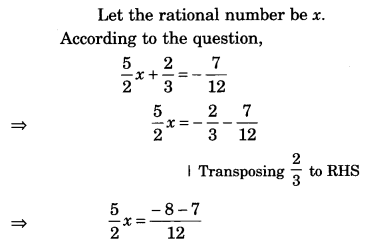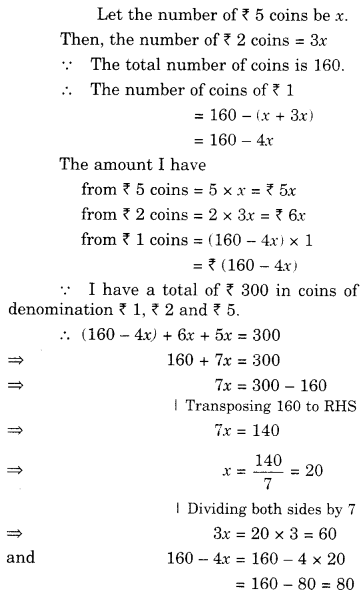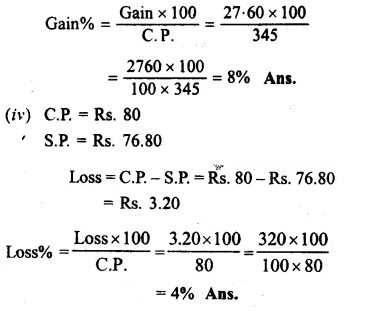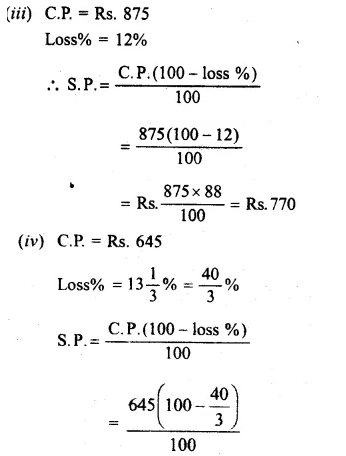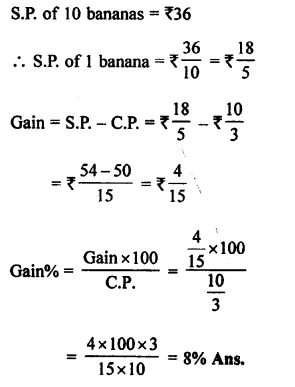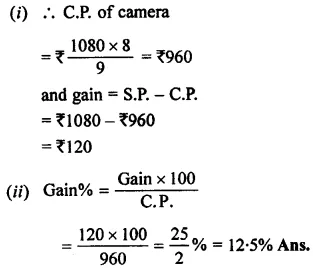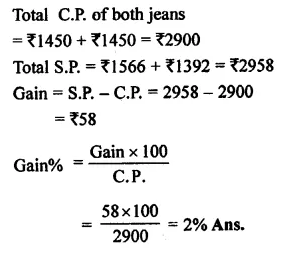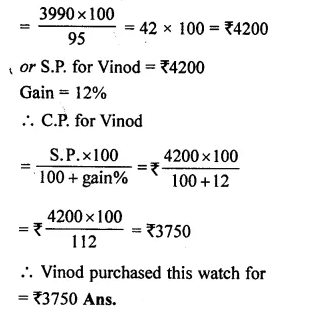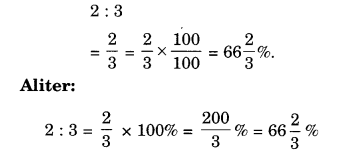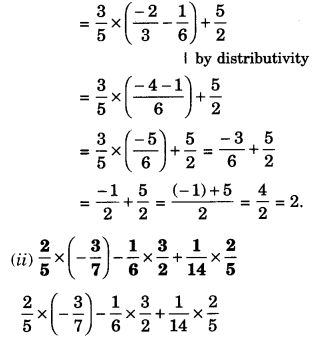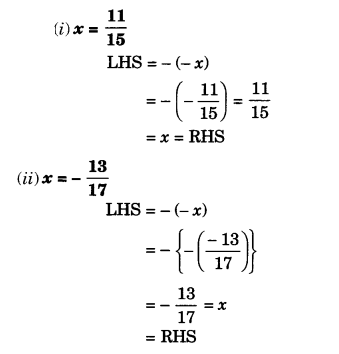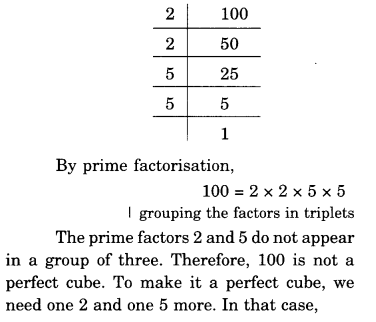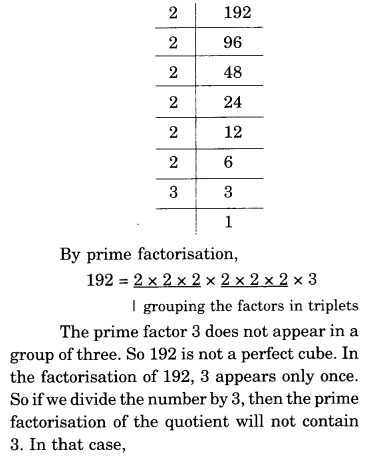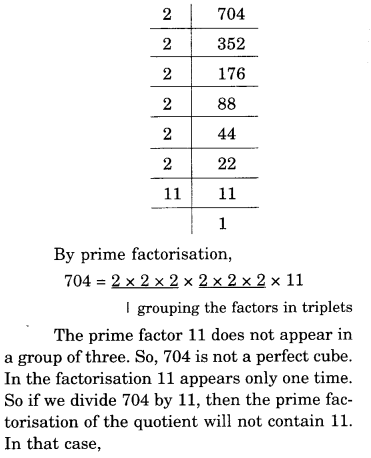NCERT Solutions for Class 8 Maths Chapter 2 Linear Equations in One Variable Ex 2.3 are part of NCERT Solutions for Class 8 Maths. Here we have given NCERT Solutions for Class 8 Maths Chapter 2 Linear Equations in One Variable Ex 2.3.
- Linear Equations in One Variable Class 8 Ex 2.1
- Linear Equations in One Variable Class 8 Ex 2.2
- Linear Equations in One Variable Class 8 Ex 2.4
- Linear Equations in One Variable Class 8 Ex 2.5
- Linear Equations in One Variable Class 8 Ex 2.6
| Board | CBSE |
| Textbook | NCERT |
| Class | Class 8 |
| Subject | Maths |
| Chapter | Chapter 2 |
| Chapter Name | Linear Equations in One Variable |
| Exercise | Ex 2.3 |
| Number of Questions Solved | 1 |
| Category | NCERT Solutions |
NCERT Solutions for Class 8 Maths Chapter 2 Linear Equations in One Variable Ex 2.3
Question 1.
Solve the following equations and check your results:
1. 3x=2x+18
2. 5t-3=3t-5
3. 5x+9=5+3x
4. 4z+3=6+2z
5. 2x-1=14-x
6. 8x+4=3(x-1)+7
7. \(x=\frac { 4 }{ 5 } \left( x+10 \right) \)
8. \(\frac { 2x }{ 3 } +1=\frac { 7x }{ 15 } +3\)
9. \(2y+\frac { 5 }{ 3 } =\frac { 26 }{ 3 } -y\)
10. \(3m=5m-\frac { 8 }{ 5 } \)
Solution.
1. 3x=2x+18

2. 5t-3=3t-5


3. 5x+9=5+3x
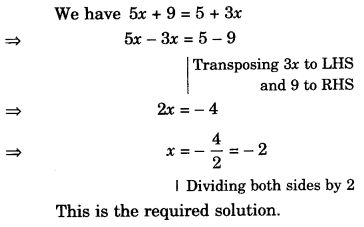
4. 4z+3=6+2z

5. 2x-1=14-x

6. 8x+4=3(x-1)+7

7. \(x=\frac { 4 }{ 5 } \left( x+10 \right) \)

8. \(\frac { 2x }{ 3 } +1=\frac { 7x }{ 15 } +3\)


9. \(2y+\frac { 5 }{ 3 } =\frac { 26 }{ 3 } -y\)

10. \(3m=5m-\frac { 8 }{ 5 } \)
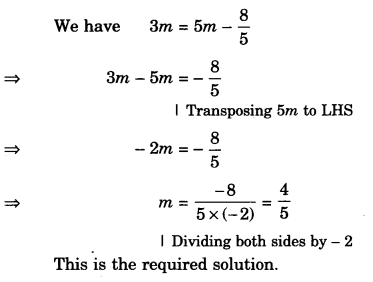
We hope the NCERT Solutions for Class 8 Maths Chapter 2 Linear Equations in One Variable Ex 2.3 help you. If you have any query regarding NCERT Solutions for Class 8 Maths Chapter 2 Linear Equations in One Variable Ex 2.3, drop a comment below and we will get back to you at the earliest.



















